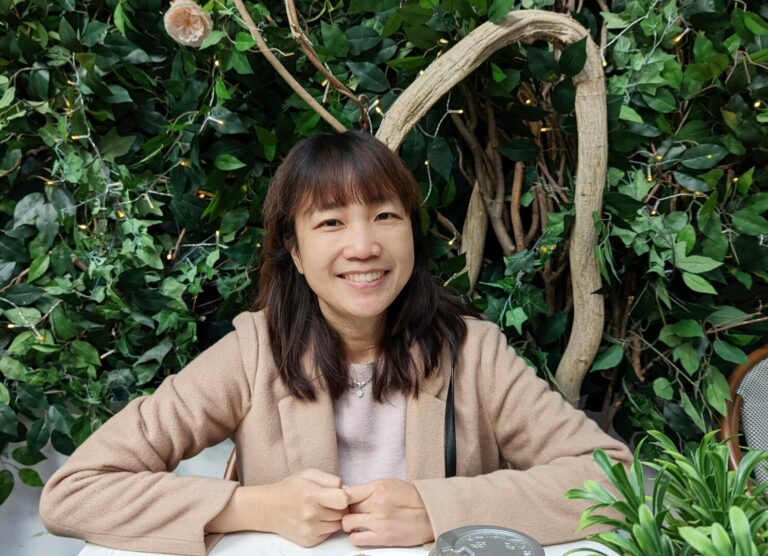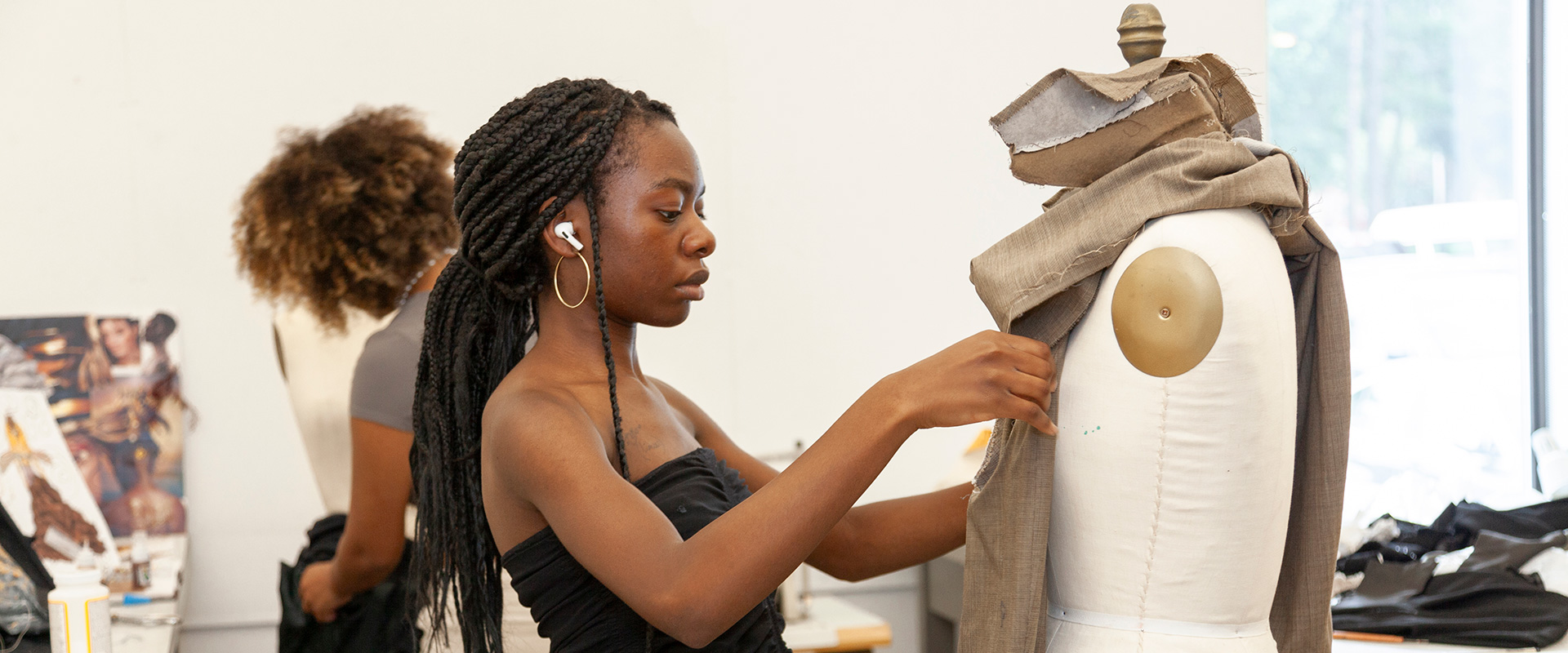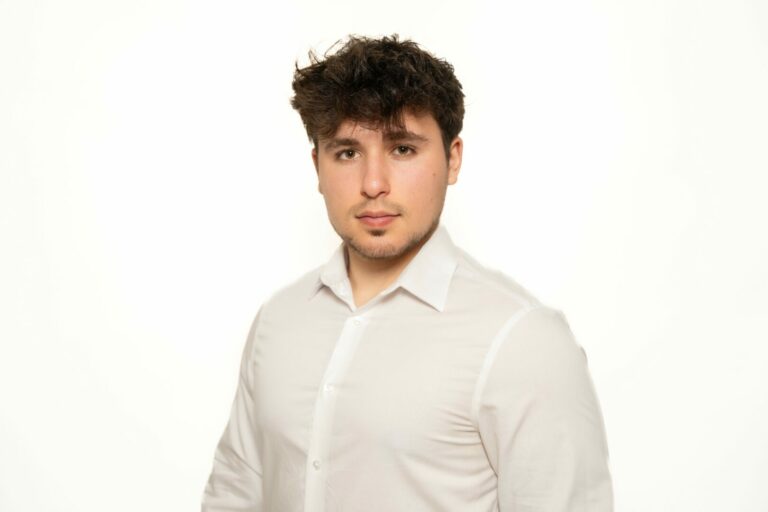Alright – so today we’ve got the honor of introducing you to Kiarash Dadgar. We think you’ll enjoy our conversation, we’ve shared it below.
Kiarash, thank you so much for making time for us. We’ve always admired your ability to take risks and so maybe we can kick things off with a discussion around how you developed your ability to take and bear risk?
I think my ability to take risks developed from necessity as much as choice. Growing up in Iran, pursuing a career in the arts wasn’t the most secure or encouraged path, especially when the stories I wanted to tell challenged tradition or authority. But I realized early on that the only way for my voice to mean something was to use it fully — even when that came with personal or professional consequences.
Later, moving to Canada with no guarantees, starting over as an immigrant, and continuing to make films with limited resources all deepened my relationship with risk. Each project became a kind of leap — financially, emotionally, or politically. But I also learned to be strategic: to surround myself with collaborators I trust, to prepare deeply, and to listen carefully to feedback while still protecting the core of what I believe in.
So for me, taking risks isn’t about recklessness. It’s about trusting that discomfort often signals growth. It’s about knowing that if the stakes aren’t high — emotionally or artistically — then the work probably isn’t saying enough.

Great, so let’s take a few minutes and cover your story. What should folks know about you and what you do?
I’m an Iranian-Canadian filmmaker and interdisciplinary artist currently based in Toronto. My work often lives at the intersection of cinema, performance, and memory, with a deep focus on stories that explore death, cultural silence, migration, and intergenerational trauma. What excites me most is experimenting with visual language — finding new ways to tell stories that don’t rely on words, but on atmosphere, rhythm, absence, and emotion.
What’s most special about my work, I think, is its ability to travel across borders — both literally and emotionally. My short film The Steak, for example, is completely dialogue-free, yet it has connected with audiences in over 275 festivals around the world and received more than 105 awards. It’s a reminder that when storytelling is stripped down to its essence, it can speak to something universal — something deeply human.
Right now, I’m focused on developing my first feature film, Graveyard, which I’m working on under the mentorship of AGBO Studios, founded by the Russo Brothers. It’s a bold and darkly poetic project set on a fictional island with absurd laws — a reflection on systemic violence, gender, and rebellion. I’m also preparing a more intimate short film called Cutlet, rooted in my own memories of family and grief.
For me, filmmaking is not just about entertainment — it’s about creating emotional archives. It’s about preserving moments, voices, and rituals that are often at risk of disappearing, especially in diasporic communities. That’s the core of my artistic brand: memory, resistance, and visual honesty.

There is so much advice out there about all the different skills and qualities folks need to develop in order to succeed in today’s highly competitive environment and often it can feel overwhelming. So, if we had to break it down to just the three that matter most, which three skills or qualities would you focus on?
Looking back, three things have been especially impactful in my journey: resilience, intuition, and visual storytelling.
Resilience came from years of working in uncertain environments — whether it was making films under censorship, moving countries, or facing rejection after rejection. I’ve had to build a thick skin without losing my sensitivity. For anyone starting out, I’d say: don’t confuse failure with a lack of talent. It often just means you’re early. Keep going.
Intuition is what guides me creatively. I’ve learned to trust those quiet signals — the images or ideas that keep coming back, even when they don’t make logical sense at first. Developing intuition takes time and attention. Step away from the noise. Give space for ideas to breathe. Write them down. Revisit them.
And finally, visual storytelling has been the backbone of my work. I come from a place where words can be dangerous, so learning to communicate through silence, gesture, and imagery was both survival and craft. My advice? Watch films with the sound off. Study light. Study rhythm. And ask yourself not what a scene says, but what it makes you feel.
You don’t need to master everything at once. But if you can build emotional stamina, trust your creative gut, and sharpen your visual voice, you’re already on your way.

Is there a particular challenge you are currently facing?
Right now, the biggest challenge I’m facing is sustaining momentum while navigating burnout. After the unexpected success of The Steak, I’ve been deeply grateful — travelling, screening, networking — but I’ve also found myself stretched thin emotionally and mentally, especially as I try to balance multiple projects, funding applications, and the pressure to follow up with something “bigger.”
At the same time, as an immigrant artist working between cultures and systems, there’s often a feeling of invisibility or being caught in-between — too political for one side, too abstract for another. It’s exhausting to constantly justify the value of your voice.
To manage this, I’m trying to build better boundaries, say no more often, and carve out protected time for the kind of creative work that recharges me — reading, walking, watching films, writing without a deadline. I’m also reconnecting with mentors and collaborators who remind me why I started in the first place. And I’m learning that growth doesn’t always mean speed — sometimes it’s about depth, rest, and trust.
Contact Info:
- Website: https://www.kiarashdadgar.com/
- Instagram: https://www.instagram.com/kiarash.dadgar/
- Facebook: https://www.facebook.com/kiarash.dadgar.3/
- Twitter: https://x.com/kiarash_dadgar



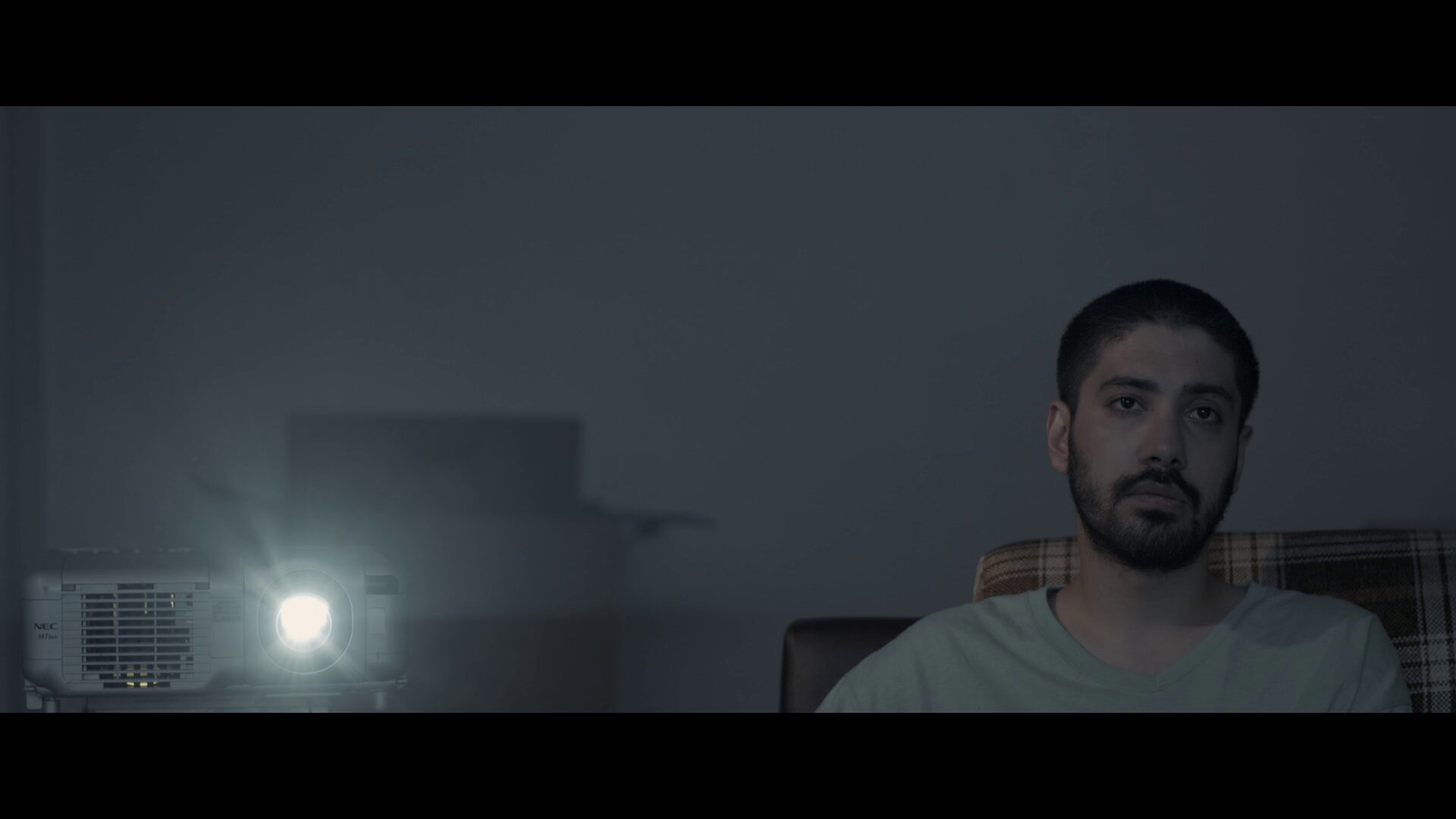
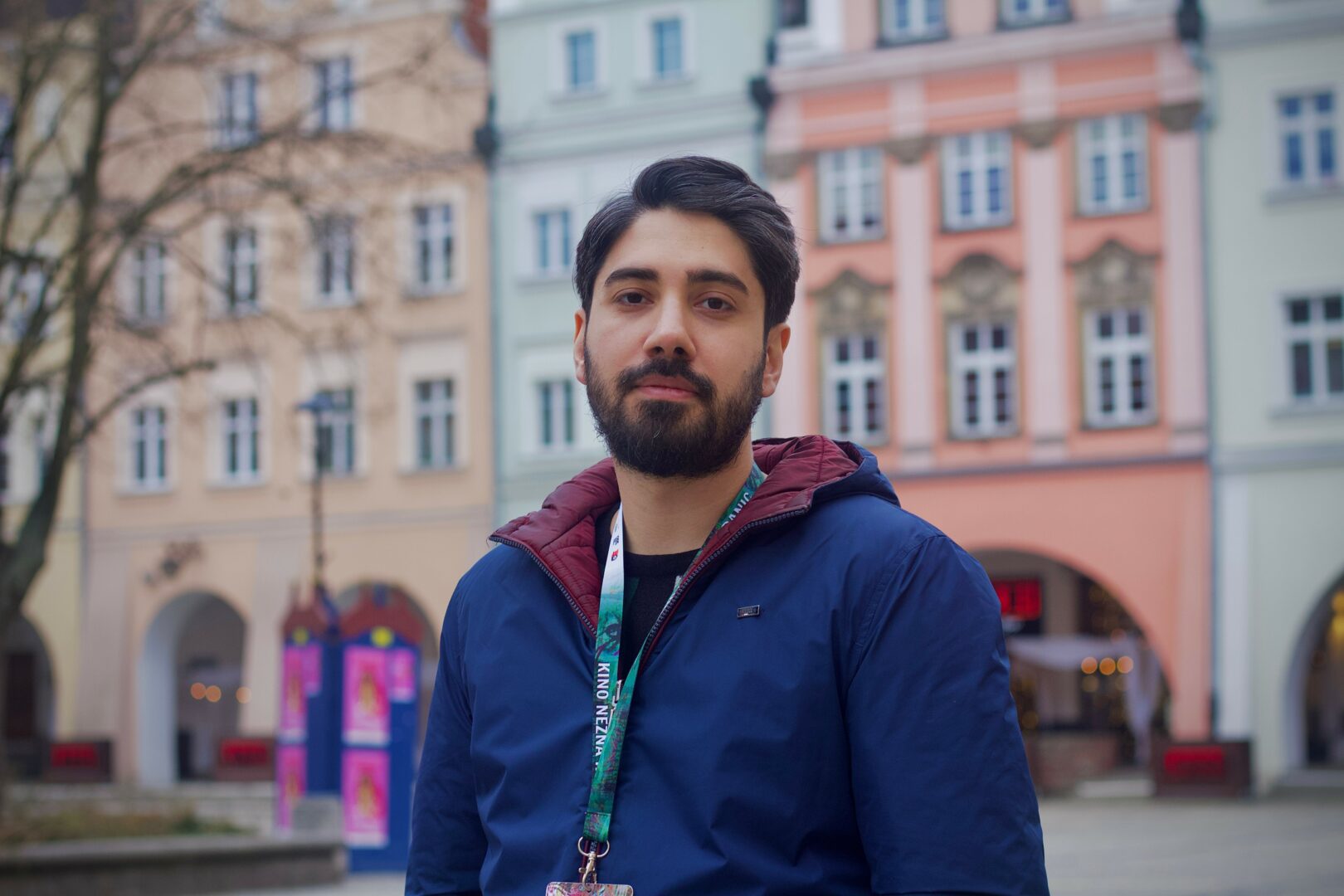

Image Credits
The one with the yellow background: Joyce Jiang
The one with the building reflection: Mohsen Asdaghpour
5 of them are from: Ronny Heine [4,5,7,10,11]
Photo number 9, the one with the jacket in front of buildings: Farzad Shahab
so if you or someone you know deserves recognition please let us know here.


